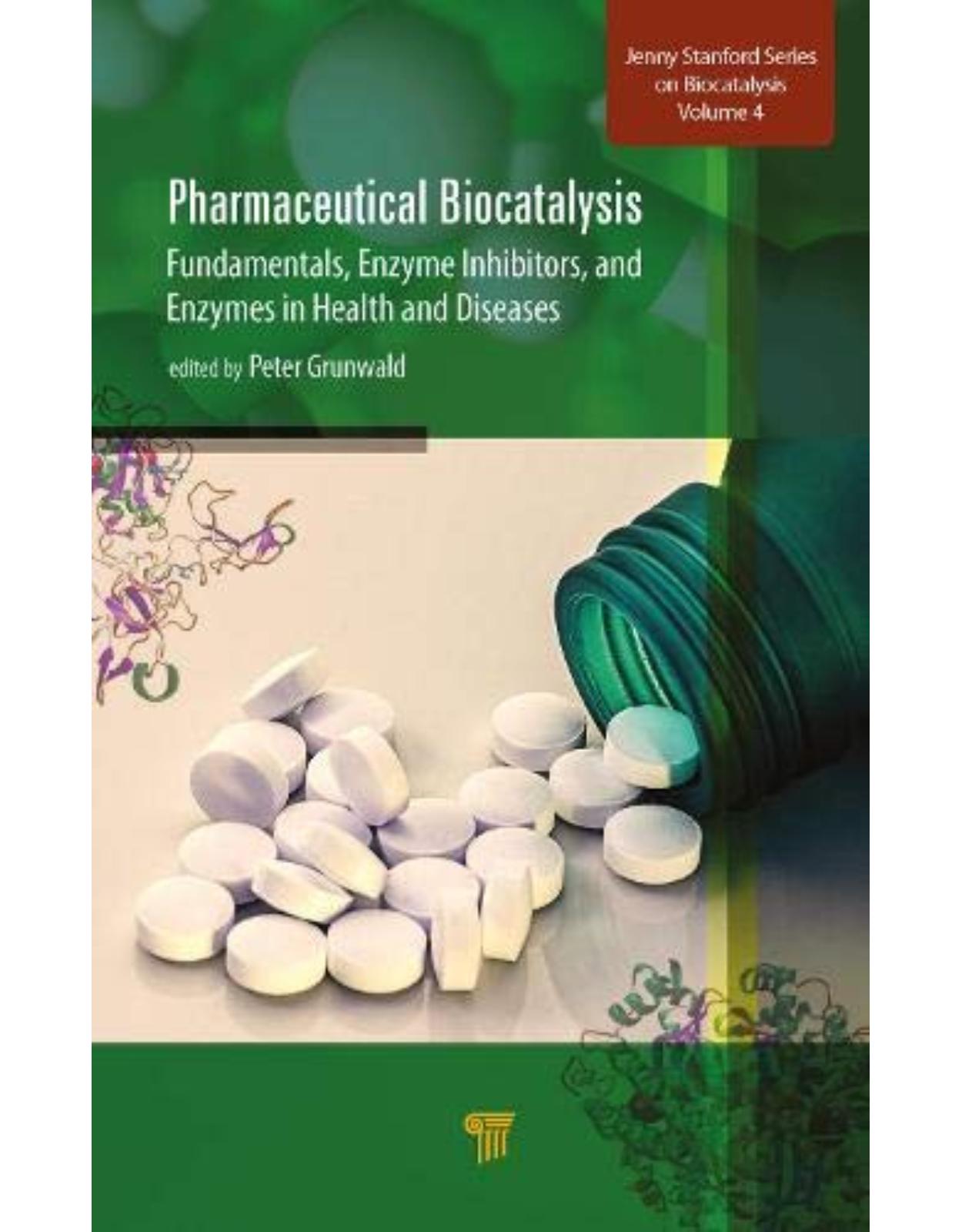
Pharmaceutical Biocatalysis: Fundamentals, Enzyme Inhibitors, and Enzymes in Health and Diseases
Livrare gratis la comenzi peste 500 RON. Pentru celelalte comenzi livrarea este 20 RON.
Disponibilitate: La comanda in aproximativ 4 saptamani
Autor: Peter Grunwald
Editura: CRC Press
Limba: Engleza
Nr. pagini: 800
Coperta: Hardcover
Dimensiuni: 15.75 x 4.32 x 23.11 cm
An aparitie: 25 Jun. 2019
Description:
This book provides an overview of the world market of therapeutic enzymes and enzyme inhibitors, rare diseases, orphan drugs, the costs of drug development and therapies, and enzymes in downstream processing of pharmaceuticals. It discusses carbonic anhydrase inhibitors and their multiple drug interactions, carboxylesterase inhibitors for pharmaceutical applications, employment of inhibitors for the treatment of neurodegenerative diseases, use of engineered proteins, bioactive peptides, and fibrinolytic enzymes for thrombolytic therapy, and enzymes important for the design and development of new drugs/drug metabolites such as aldehyde oxidases and cytochrome P450 enzymes and the role the latter play in vascular biology and pathophysiology. The treatment of cancer is explored in connection with enzymatic amino acid deprivation therapies and new drugs that act as chemical degraders of oncogenic proteins. The book also introduces the resistance mechanisms of cancer. Furthermore, it provides an insight into the relationship between pathological conditions of cardiovascular disease and oxidative stress. The text also focuses on the potential use of nanoparticles as carriers for enzymes with medical relevance, computer-aided drug design for the identification of multi-target directed ligands, and the development of improved therapeutics through a glycan-“designer” approach. It concludes with an introduction to the chemoenzymatic synthesis of drugs.
Table of Contents:
1. Pharmaceuticals: Some General Aspects
1.1 Introduction
1.2 General Remarks
1.3 Orphan Drugs and Rare Diseases
1.4 The World Market of Pharmaceuticals, Therapeutic Enzymes, and Enzyme Inhibitors
1.5 Drug Development Process, Risks, and Costs of Drug Development, and Prescription Drug Prices
1.5.1 Drug Development in Europe and Germany
1.5.2 Risks in Drug Development and Mitigation Strategies
1.5.3 Randomized Clinical Trials and Beyond
1.5.4 Prescription Drug Prices
1.5.4.1 Cost reduction: public–private drug partnerships
1.6 Concluding Remarks
2. Use of Enzymes in the Downstream Processing of Biopharmaceuticals
2.1 Introduction
2.2 Cell Dissociation and Lysis
2.2.1 Cell Dissociation
2.2.2 Cell Lysis
2.3 Impurity Clearance
2.3.1 Nucleic Acid Clearance
2.3.2 Protein Clearance
2.4 Targeted Structural Modifications
2.4.1 Affinity Tag Removal
2.4.2 Precursor Maturation
2.4.3 Structural Modification of Impurities
2.4.4 Glycosylation
2.5 Discussion
2.5.1 Points to Consider
2.5.2 Pros and Cons
2.6 Conclusions
3. Therapeutic Use of Carbonic Anhydrase Inhibitors and Their Multiple Drug Interactions
3.1 Introduction
3.2 First- and Second-Generation Clinically Used Sulfonamides and Their Drug Interactions
3.3 Sulfonamides with Diuretic Action: Bumetanide, Hydrochlorothiazide, Furosemide, Indapamide, and Chlortalidone
3.4 Sulfonamides/Sulfamates as Antiepileptic Drugs: Sulthiame, Topiramate, and Zonisamide
3.5 Celecoxib, Valdecoxib, and Polmacoxib as CA/COX-2 Inhibitors
3.6 Inhibitors of Carbonic Anhydrases as Antitumor Agents
3.7 Conclusions and Repurposing Old Drugs for New Disease Approaches
4. Fibrinolytic Enzymes for Thrombolytic Therapy
4.1 Introduction
4.2 Status of Anticoagulants and Antiplatelets
4.2.1 Heparin and Derivatives
4.2.2 Coumarin Derivatives
4.2.3 Thrombin Inhibitors
4.2.4 Factor Xa Inhibitors
4.2.5 Antiplatelet Drugs
4.3 Thrombolytic Drugs
4.3.1 Plasminogen Activators as Thrombolytic Drugs
4.3.1.1 First-generation plasminogen activators as thrombolytic drugs
4.3.1.2 Second-generation plasminogen activators
4.3.1.3 Third-generation plasminogen activators (by protein engineering)
4.3.2 Direct-Acting Plasmin-Like Thrombolytic Drugs
4.3.2.1 Non-microbial thrombolytic enzymes
4.3.2.2 Microbial thrombolytic enzymes
4.4 Conclusion
5. Role of Engineered Proteins as Therapeutic Formulations
5.1 Introduction
5.2 Protein Engineering Approaches
5.2.1 Directed Evolution
5.2.1.1 Asexual methods
5.2.1.2 Sexual methods
5.2.2 Computational Designing
5.2.2.1 Rational designing
5.2.2.2 De novo designing
5.2.3 Combinatorial Approach
5.3 Protein Therapeutics
5.3.1 Antibodies
5.3.2 Enzymes as Therapeutics
5.3.3 Cytokines and Their Receptors
5.3.4 Hormones
5.3.5 G-Protein Coupled Receptor Targeting Antibodies
5.3.6 Cardiovascular Therapeutics
5.3.7 Coagulation Factors
5.4 Protein-Based Scaffolds for Therapeutic Applications
5.4.1 Monobodies
5.4.2 SH3 Domains/Fynomers
5.4.3 Lipocalins/Anticalins
5.4.4 Nanobodies/VHH Domains
5.4.5 DARPins
5.4.6 Affibodies
5.4.7 Avimers
5.4.8 Knottins and Cyclotides
5.4.9 Kringle Domain
5.4.10 Kunitz Domain
5.5 Concluding Remarks
6. Synthesis of Bioactive Peptides for Pharmaceutical Applications
6.1 Introduction
6.2 Synthesis of Bioactive Peptides
6.2.1 Chemical Synthesis
6.2.1.1 Synthesis in solution
6.2.1.2 Solid-phase peptide synthesis
6.2.1.3 Sequential condensation of solid phase fragments
6.2.2 Enzymatic Synthesis
6.2.2.1 Classification of proteolytic enzymes used for peptide synthesis
6.2.3 rDNA Technology
6.2.3.1 Fusion expression
6.2.3.2 Direct expression
6.2.4 Other Novel Peptide Synthesis Methods
6.2.4.1 Utilizing microwave energy for peptide production
6.2.4.2 Ligation
6.2.4.3 Recent developments
6.3 Purification, Characterization, and Nanoformulation of Biopeptides
6.3.1 Purification
6.3.1.1 High-performance liquid chromatography for biopeptide purification
6.3.1.2 Capillary electrophoresis
6.3.1.3 Affinity chromatography
6.3.2 Characterization Methods
6.3.3 Nanoformulation
6.4 Pharmaceutical Application of Bioactive Peptides
6.4.1 Antimicrobial Agent
6.4.2 Anticancer Agent
6.4.3 Antihypertensive Agent
6.4.4 Bioactive Peptides for Skin Disease Treatments
6.4.4.1 Skin infections and biofilms
6.4.4.2 Skin cancer and hyper-pigmentation
6.4.4.3 Skin burns
6.4.4.4 Diabetic foot ulcers and other chronic skin wounds
6.4.5 Bioactive Peptides as Immuno and Cytomodulatory Agents
6.4.6 Other Novel Pharmaceutical Applications
6.5 Conclusion
7. Cardiovascular Disease and Oxidative Stress
7.1 Introduction
7.2 The ROS-Scavenging System in Cardiovascular Disease
7.2.1 Chemistry of Free Radical and Non-Radical Species
7.2.2 CVD-Related Conditions and Risk Factors and Their Association with Oxidative Stress
7.3 Types of ROS and Main Sources in CVD
7.3.1 Mitochondrial Electron Transport Chain
7.3.2 Nicotinamide Adenine Dinucleotide Phosphate Oxidases
7.3.3 Xanthine Oxidase
7.3.4 Lipoxygenases
7.3.5 Myeloperoxidase
7.3.6 Arachidonic Acid and P450 Hydroxylases
7.4 Maintenance of Redox Homeostasis
7.4.1 Antioxidants
7.4.2 ROS, Antioxidants, and Signal Transduction
7.4.3 Redox Regulation of Physiological Functions
7.5 Pharmacological Interventions
7.5.1 Drug-Induced Oxidative Stress
7.5.2 Experimental Therapeutic Agents against CVD
7.5.3 Antioxidants of Exogenous Source as Potential Therapeutic Targets
7.5.4 Antioxidants of Endogenous Source as Potential Therapeutic Targets
7.6 Conclusions and Future Trends
8. Enzymatic Amino Acid Deprivation Therapies Targeting Cancer
8.1 Introduction
8.2 Amino Acid Deprivation Enzymes
8.2.1 Arginine
8.2.2 Arginine Deiminase
8.2.2.1 Therapeutic uses
8.2.2.2 Structure and reaction mechanism
8.2.3 Arginase
8.2.3.1 Therapeutic uses
8.2.3.2 Structure and reaction mechanism
8.2.4 Asparagine
8.2.4.1 Therapeutic uses
8.2.4.2 Structure and reaction mechanism
8.2.5 Methionine
8.2.5.1 Therapeutic uses
8.2.5.2 Structure and reaction mechanism
8.3 Conclusions
9. Carboxylesterase Inhibitors: Relevance for Pharmaceutical Applications 349
9.1 Introduction
9.2 Structural Features and Catalytic Properties of CES
9.2.1 Structural Features of CES
9.2.2 The Catalytic Properties of CES
9.3 Tissue Distribution and Substrate Preference of Human CES
9.3.1 Tissue Distribution of Human CES
9.3.2 Substrate Preferences of Human CES
9.4 Biological Functions of CES and Applications of CES Inhibitors
9.5 Recent Advances on Discovery of CES Inhibitors
9.5.1 Reversible Inhibitors of Human CES
9.5.1.1 1,2-Diones
9.5.1.2 Benzene sulfonamides
9.5.1.3 Trifluoroketones
9.5.1.4 Acyl glucuronides
9.5.1.5 Triterpenoids
9.5.1.6 Flavonoids
9.5.1.7 Other CES inhibitors
9.5.2 Irreversible Inhibitors of Human CES
9.5.2.1 Carbamates
9.5.2.2 Organophosphates
9.6 Conclusion and Future Perspectives
10. Molecular Aspects of the Activity and Inhibition of the FAD-Containing Monoamine Oxidases 397
10.1 Introduction
10.2 FAD: The Catalytic Cofactor
10.2.1 FAD Is Covalently Attached to MAO
10.2.2 FAD Is Modified by Irreversible Inhibitors
10.3 MAO Proteins
10.3.1 MAO Protein Expression and Activity
10.3.2 Structures and Active Sites
10.3.3 MAO Chemical Mechanism
10.3.4 Two Substrate Kinetics and Consequences for Amine Turnover
10.4 Substrate Specificity of these Promiscuous Enzymes
10.4.1 Neurotransmitter Metabolism
10.4.2 Metabolism of Biogenic Amines
10.4.3 Products from MAO Catalysis
10.5 Inhibition of MAO
10.5.1 Reversible Inhibitors of MAO
10.5.2 Examples of Tight Binding Reversible Inhibitors of MAO
10.5.3 Examples of Irreversible Inhibitors of MAO
10.6 Computational Innovation
10.6.1 Theoretical Elucidation of Mechanism
10.6.2 Data-Mining and Tools for Drug Discovery
10.7 Conclusion: The Future for MAO Inhibition in Multi-Target Drugs
11. Multi-Functional Monoamine Oxidase and Cholinesterase Inhibitors for the Treatment of Alzheimer’s Disease 427
11.1 Introduction: Alzheimer’s Disease
11.2 Cholinesterases: Isoforms and Function
11.3 Cholinergic Hypothesis of AD
11.4 Monoamine Oxidase: Isoforms and Function
11.4.1 Monoamine Oxidase A
11.4.2 Monoamine Oxidase B
11.4.3 Monoamine Oxidase in AD
11.5 Treatment of AD
11.5.1 Multi-Functional MAO and ChE Agents
11.5.1.1 Donepezil derivatives
11.5.1.2 Coumarin derivatives
11.5.1.3 Propargylated compounds
11.5.2 Miscellaneous Inhibitors
11.6 Conclusion
12. The Neurodegenerative Characteristics of Alzheimer’s Disease and Related Multi-Target Drug Design Studies
12.1 Introduction
12.2 Validated Targets and the Current Drugs Used for the Treatment of AD
12.3 Multi-Target Ligand Design Studies Based on the Neurodegenerative Characteristics of the Disease
12.3.1 Dual BACE1 and ACHE Inhibitors
12.3.2 Dual Inhibitors of Monoamine Oxidase and Cholinesterase
12.3.3 Dual Inhibitors of Cholinesterase and Aβ Aggregation
12.3.4 Cholinesterase Inhibitors and Antioxidants
12.3.5 Gamma Secretase Inhibitors
12.3.6 Dual Cholinesterase Inhibitors and Metal Chelators
12.4 Conclusion
13. Aldehyde Oxidases as Enzymes in Phase I Drug Metabolism
13.1 Introduction
13.2 Gene Organization and Phylogeny of AOX Enzymes
13.3 Overall Structure and Domain Architecture of hAOX
13.4 Structural Basis of Substrate and Inhibitor Binding
13.5 The Catalytic Mechanism of Human AOX1
13.6 Genetic Diversity Provided by Single-Nucleotide Polymorphisms
13.7 Relevance of AOX in Drug Metabolism and Cancer
13.8 Conclusions
14. Cytochrome P450 Enzymes for the Synthesis of Novel and Known Drugs and Drug Metabolites
14.1 Introduction
14.2 General Background on Cytochrome P450 Enzymes
14.3 Wild-Type CYP Enzymes in the Synthesis of Novel Drugs and Drug Metabolites
14.3.1 Bacterial CYP Enzymes
14.3.2 Yeast and Plant CYP Enzymes
14.3.3 Mammalian CYP Enzymes
14.4 Limitations
14.4.1 Substrate Diversity
14.4.2 Activity
14.4.3 Stability
14.5 CYP Engineering for Enhanced Activity, Stability, and Specificity to Overcome the Limitations
14.5.1 Bacterial CYP Enzymes
14.5.1.1 CYPBM3
14.5.1.2 CYP105 family
14.5.1.3 CYP106A2
14.5.1.4 CYP153A
14.5.1.5 CYP101A1
14.5.2 Plant CYP Enzymes
14.5.3 Mammalian CYP Enzymes
14.6 Advantages of Using CYP Enzymes for Drugs and Drug Metabolites Synthesis
14.6.1 Active Catalysts
14.6.2 Easy Availability and Diverse Substrate Selection
14.6.3 Generation of Higher Yields of Drugs
14.6.4 Development of New Antibiotic Drugs
14.6.5 Generation of Drug Metabolites
14.7 Conclusion and Future Prospects
15. Cytochromes P450, Cardiovascular Homeostasis and Disease
15.1 Introduction
15.2 CYP-Mediated Biosynthetic Pathways of Arachidonic Acid
15.3 CYPs and Pathophysiology of Cardiovascular Diseases
15.3.1 Atherothrombosis
15.3.2 Coronary Artery Disease
15.3.3 Hypertension
15.3.4 Renovascular Diseases
15.4 Promising Therapeutic Strategies in Vascular and Cardiovascular Diseases
15.4.1 Cyclooxygenase Inhibitors and Thromboxane Modulators in Atherosclerosis
15.4.2 EET Modulators in Vascular Dysfunctions
15.5 Conclusion
16. Protein Degradation Inducers SNIPERs and Protacs against Oncogenic Proteins
16.1 Introduction
16.2 Chemical Protein Knockdown Technology
16.2.1 SNIPERs (Specific and Non-Genetic Inhibitor of Apoptosis Protein [IAP]-Dependent Protein Erasers)
16.2.2 PROTACS (Proteolysis Targeting Chimeras)
16.3 Features of Protein Knockdown Technology
16.3.1 Comparison with Enzyme Inhibitors
16.3.2 Comparison with Genetic Knockdown Technologies
16.3.3 Comparison with “Mono-Ligand” Type Protein Degraders
16.3.4 Comparison with Therapeutic Antibodies
16.4 Prospect of Chemical Protein Knockdown Technology
16.4.1 Rational Design and Optimization of SNIPERs and PROTACs
16.4.2 Drug-Like Properties
16.4.3 Need for Development of a Novel E3 Ubiquitin Ligase Ligand
16.5 Conclusion
17. Resistance Mechanisms of Tumor Cells
17.1 Introduction
17.2 Development of Solid Tumors
17.3 Development of Hematological Tumors
17.4 General Treatment of Tumors and Patient Outcome
17.5 Concept of Cancer Stem Cells
17.6 Immunotherapies
17.7 Therapy Resistance Mechanisms
17.7.1 Multidrug Resistance
17.7.2 TP53 Mutations
17.7.3 Acquiring Stem Cell Features and Quiescence
17.7.4 Manipulating the Niche
17.7.5 Triggering Checkpoints
17.8 Summary
18. Biocatalytic Nanoreactors for Medical Purposes
18.1 Introduction
18.2 Enzymes of Medical Importance
18.2.1 Enzyme Deficiency Disorders
18.2.2 Enzymes for Cancer Therapy
18.2.3 Other Medically Relevant Enzymes
18.3 Nanobioreactors
18.3.1 Nanobioreactor Design Strategies
18.3.1.1 Liposomes and micelles
18.3.1.2 DNA nanostructures
18.3.1.3 Protein-based nanoparticles
18.3.1.4 Carbohydrate-based nanoparticles
18.3.2 Tissue Targeting
18.3.2.1 Passive targeting
18.3.2.2 Active targeting
18.4 Immunogenic Response and Masking
18.5 Conclusions
19. Computer-Aided Drug Design for the Identification of Multi-Target Directed Ligands in Complex Diseases: An Overview
19.1 Introduction to Multi-Target Drug Designing
19.1.1 Multi-Target Drug Designing and Its Role in Complex Diseases
19.1.2 Multi-Target Directed Ligands over Single-Target Directed Ligands, Multiple-Medication Therapy, and Multiple-Compound Medication
19.1.3 MTDD Trend in Research and Development
19.1.4 Role of Computer-Aided Drug Discovery in MTDD
19.1.5 In silico Testing Prior to Experimental Validation
19.2 Computational Techniques Involved in MTDD
19.2.1 Preliminary Studies for Initial Selection of Potential Ligands and Target Proteins
19.2.2 In silico Approaches in MTDD
19.2.2.1 Combinatorial approaches
19.2.2.2 Fragment-based or de novo design approaches
19.3 Conclusion
20. The Development of Improved Therapeutics through a Glycan-“Designer” Approach
20.1 Introduction
20.2 Types of Glycosylation
20.3 The Effect of Glycosylation on Peptides, Proteins and Other Therapeutics
20.3.1 Glycosylation of Antimicrobial Peptides
20.4 Optimizing Immunogenicity
20.4.1 T Cell Signaling
20.4.2 Antigen Presenting Cell Signaling and Activation
20.5 Rational Design of Glycotherapeutics
20.6 Conclusions
21. On Biocatalysis as Resourceful Methodology for Complex Syntheses: Selective Catalysis, Cascades and Biosynthesis
21.1 Introduction
21.2 Single-Step Conversions
21.3 Multi-Step Conversions and Cascades
21.4 Biosynthesis
21.4.1 Native Biosynthesis
21.4.2 Utilizing Biosynthesis Providing Derivatives
21.4.2.1 Semisynthesis
21.4.2.2 Altered Biosynthesis
21.4.2.3 Precursor-directed biosynthesis and mutasynthesis
21.4.2.4 Mutasynthesis
21.5 Conclusion
Index
| An aparitie | 25 Jun. 2019 |
| Autor | Peter Grunwald |
| Dimensiuni | 15.75 x 4.32 x 23.11 cm |
| Editura | CRC Press |
| Format | Hardcover |
| ISBN | 9789814800617 |
| Limba | Engleza |
| Nr pag | 800 |
-
47100 lei 45600 lei

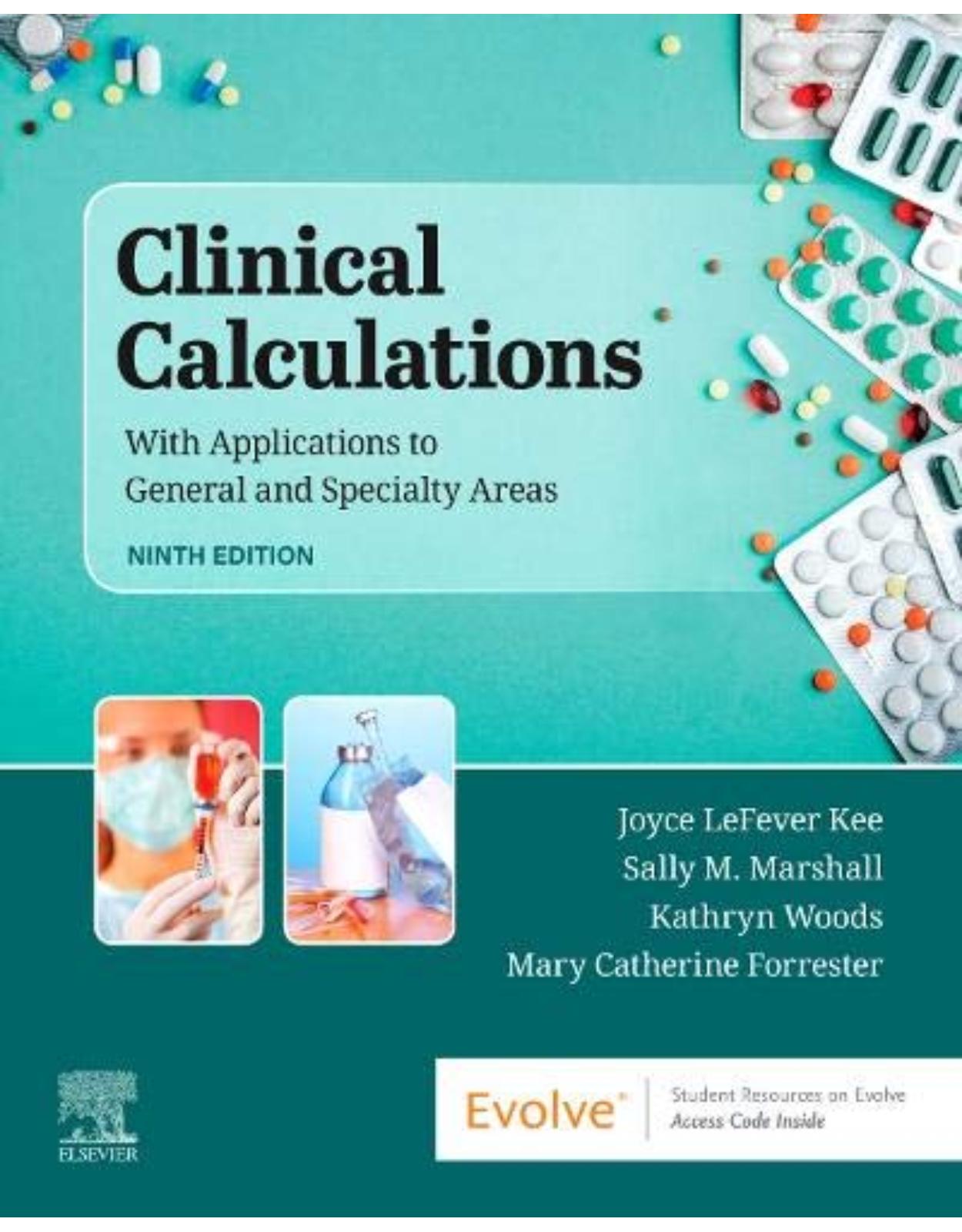
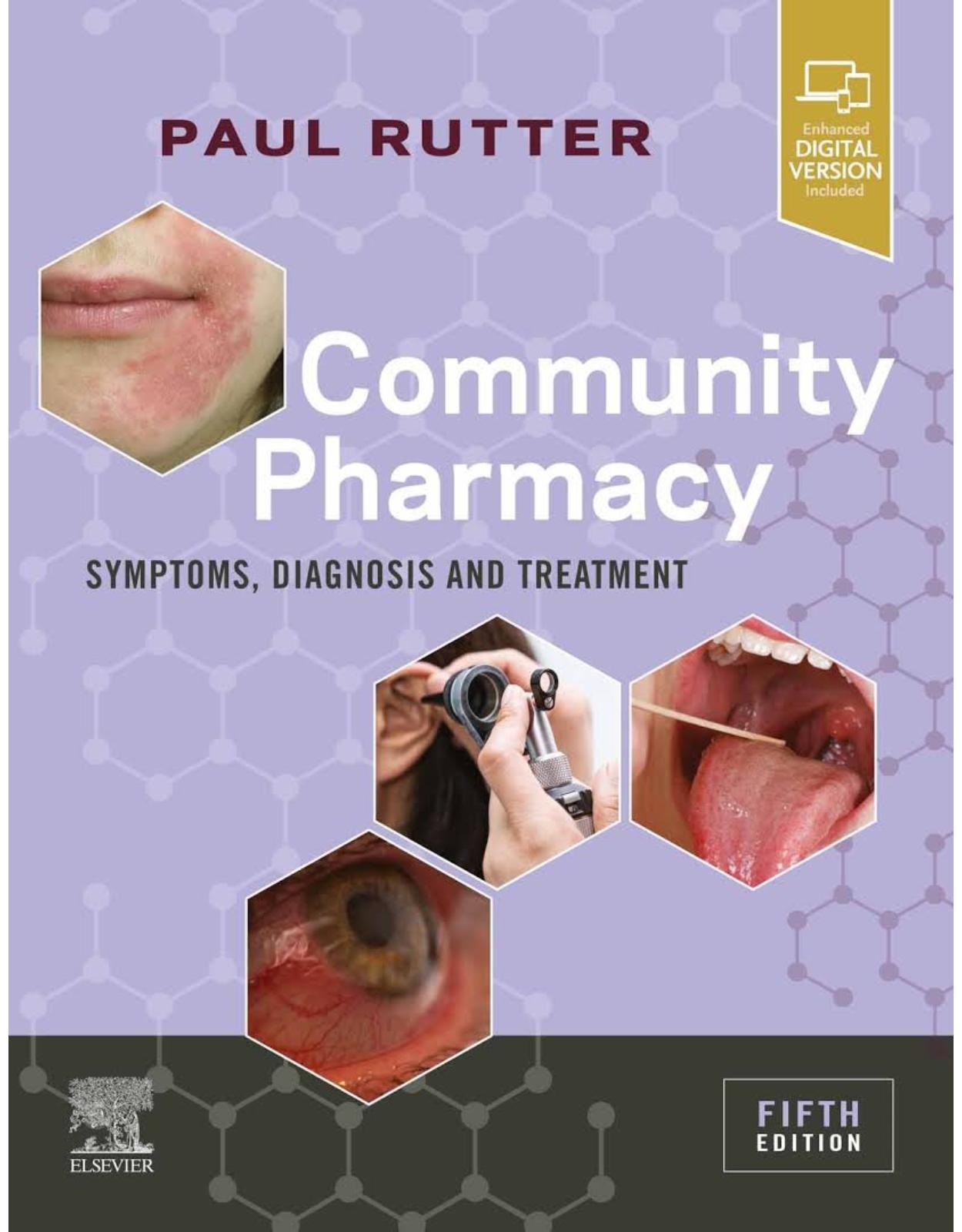
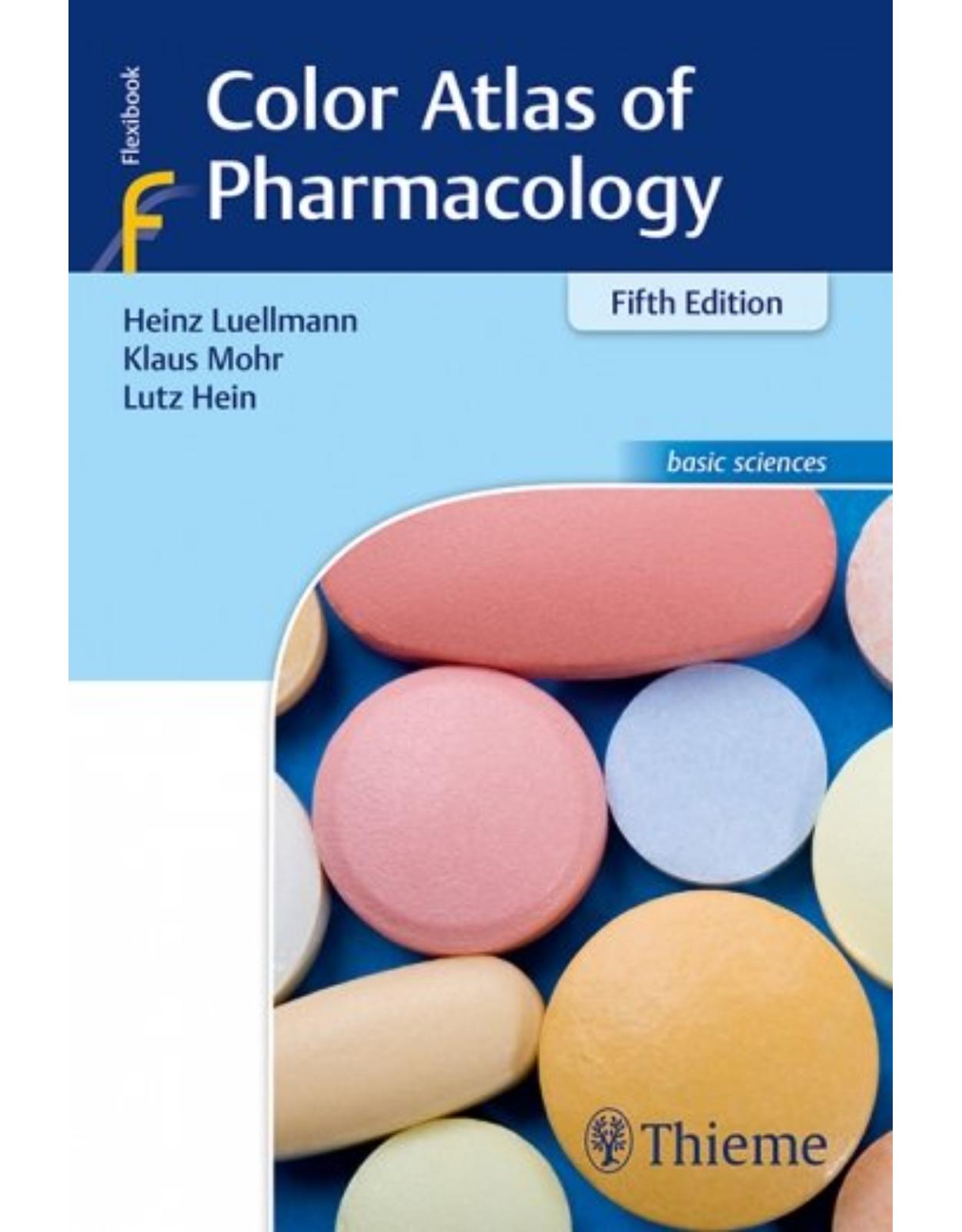
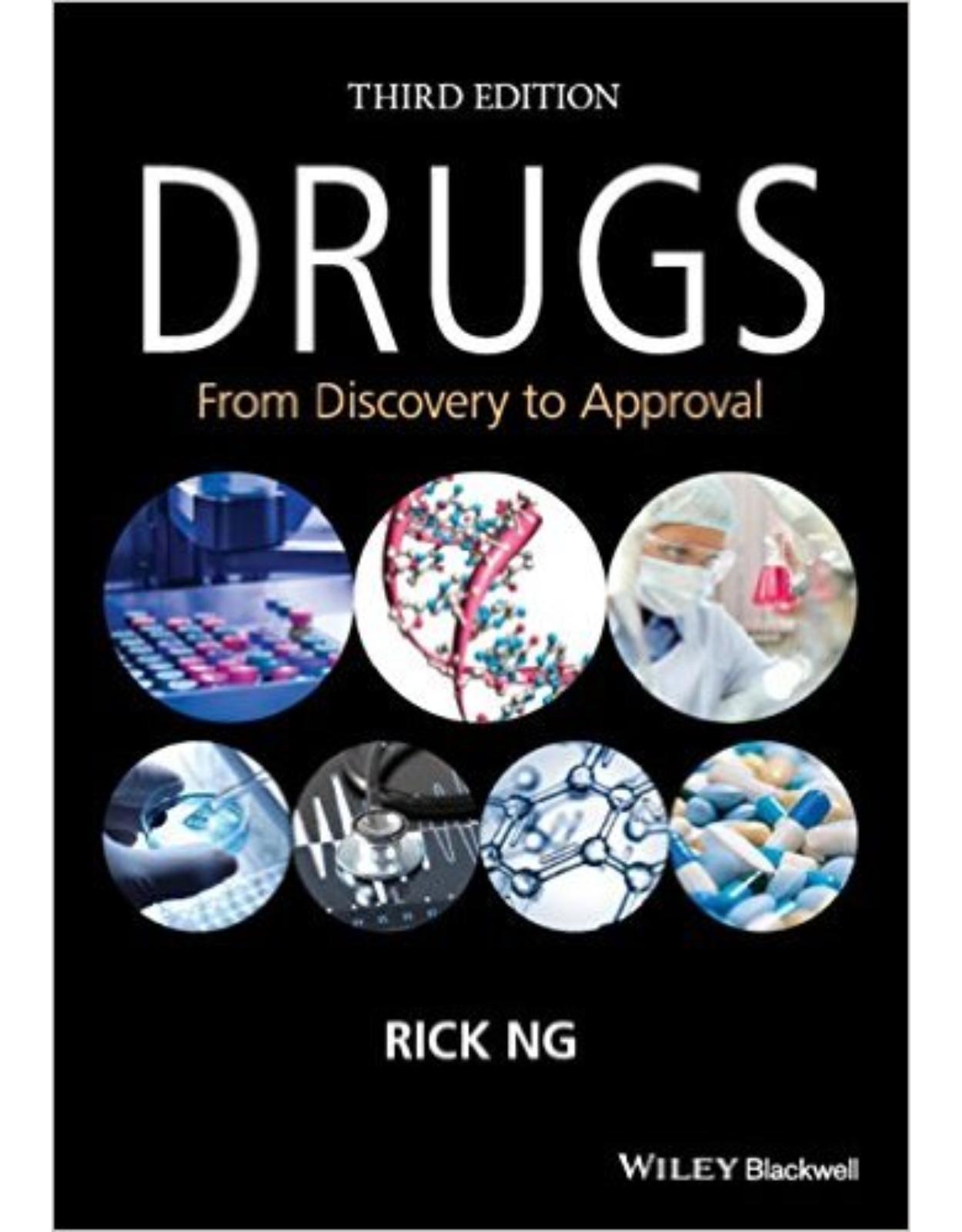
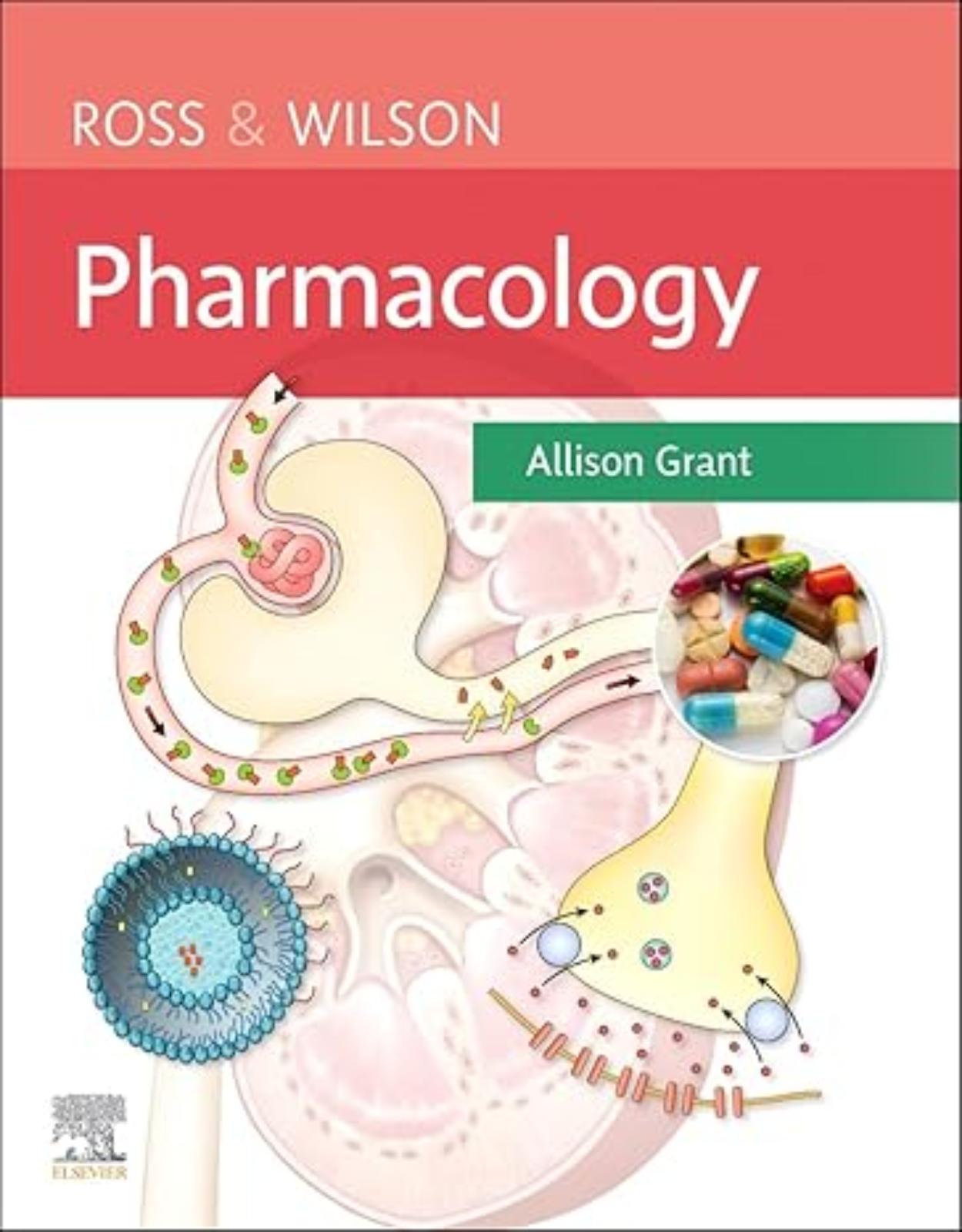
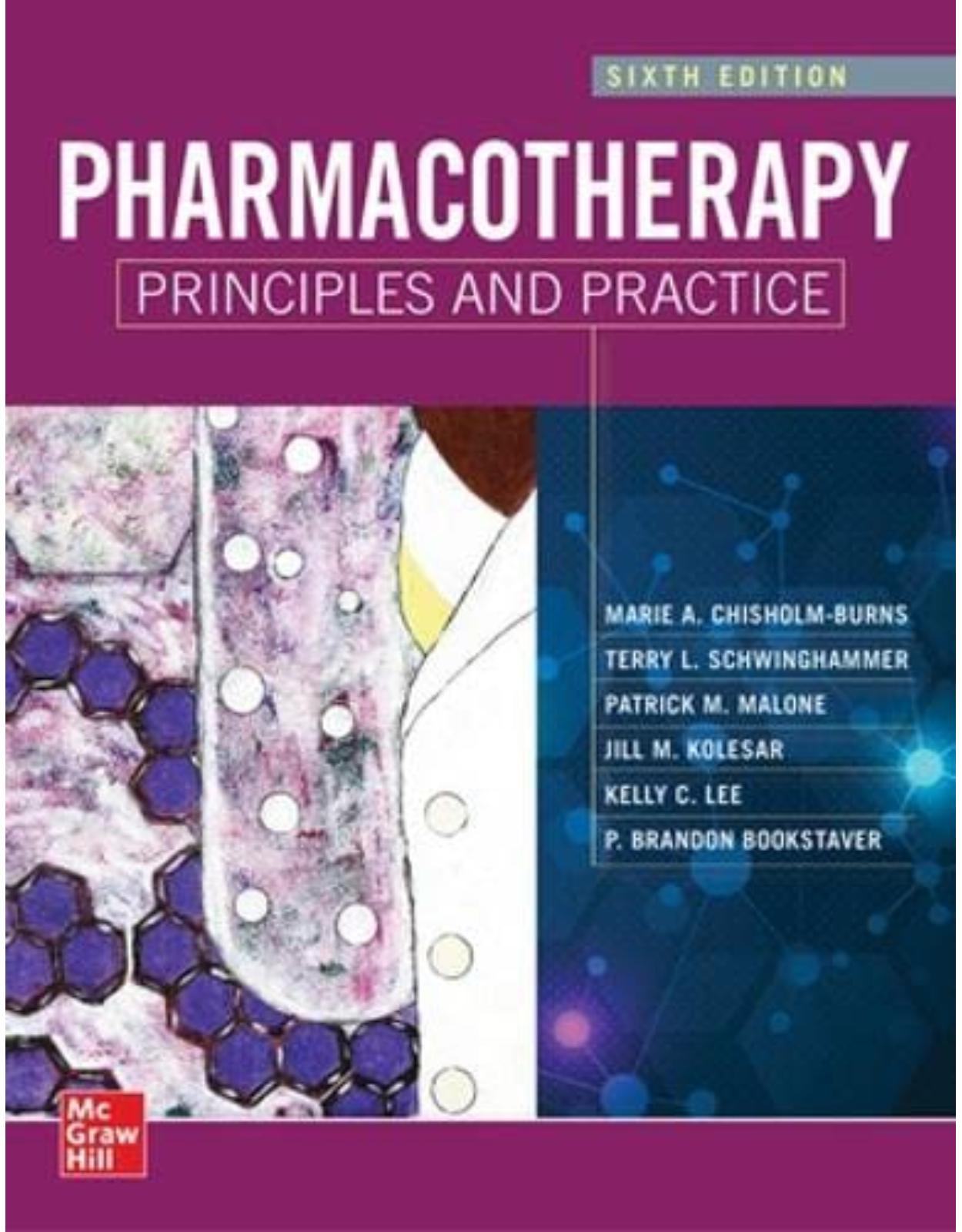
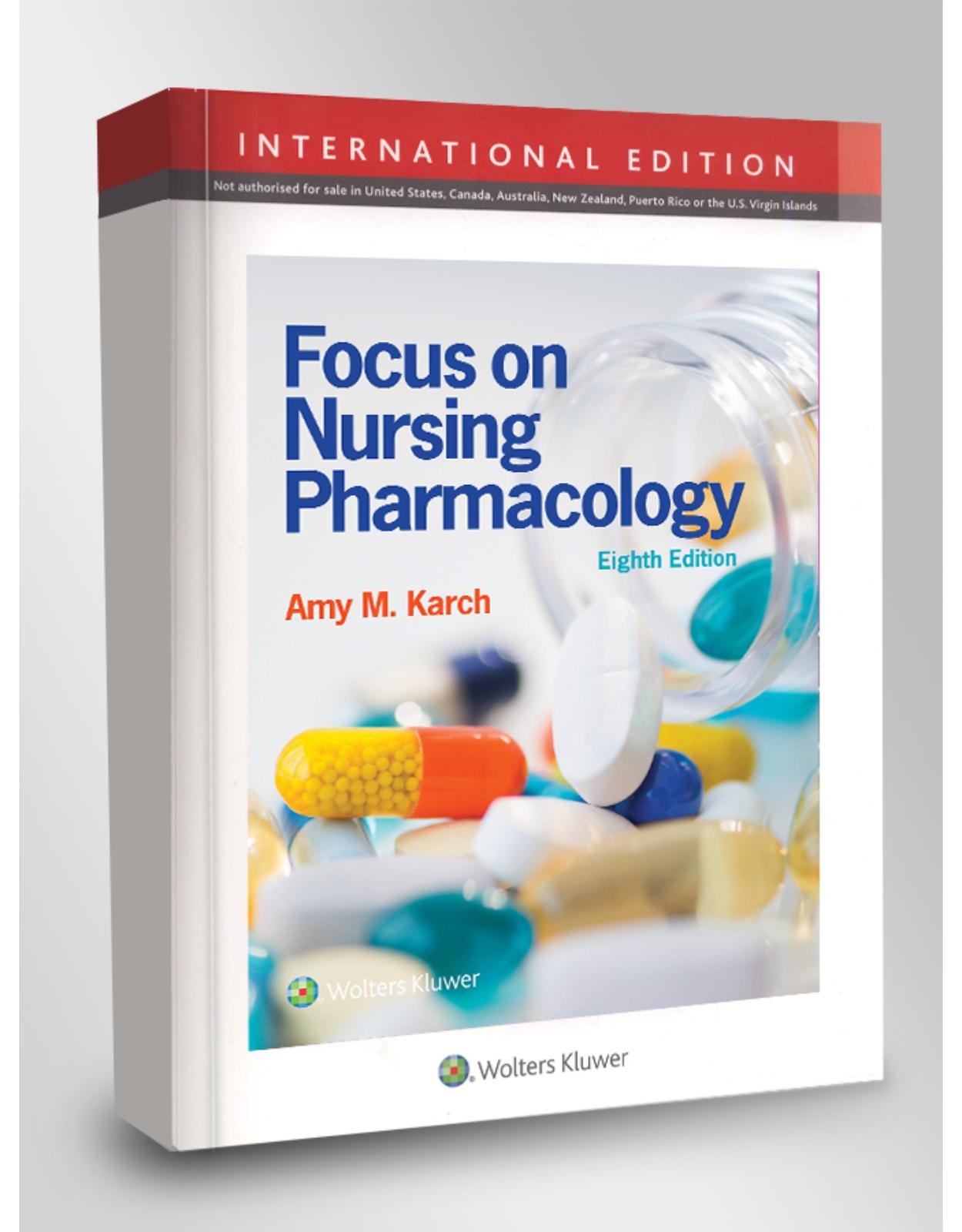
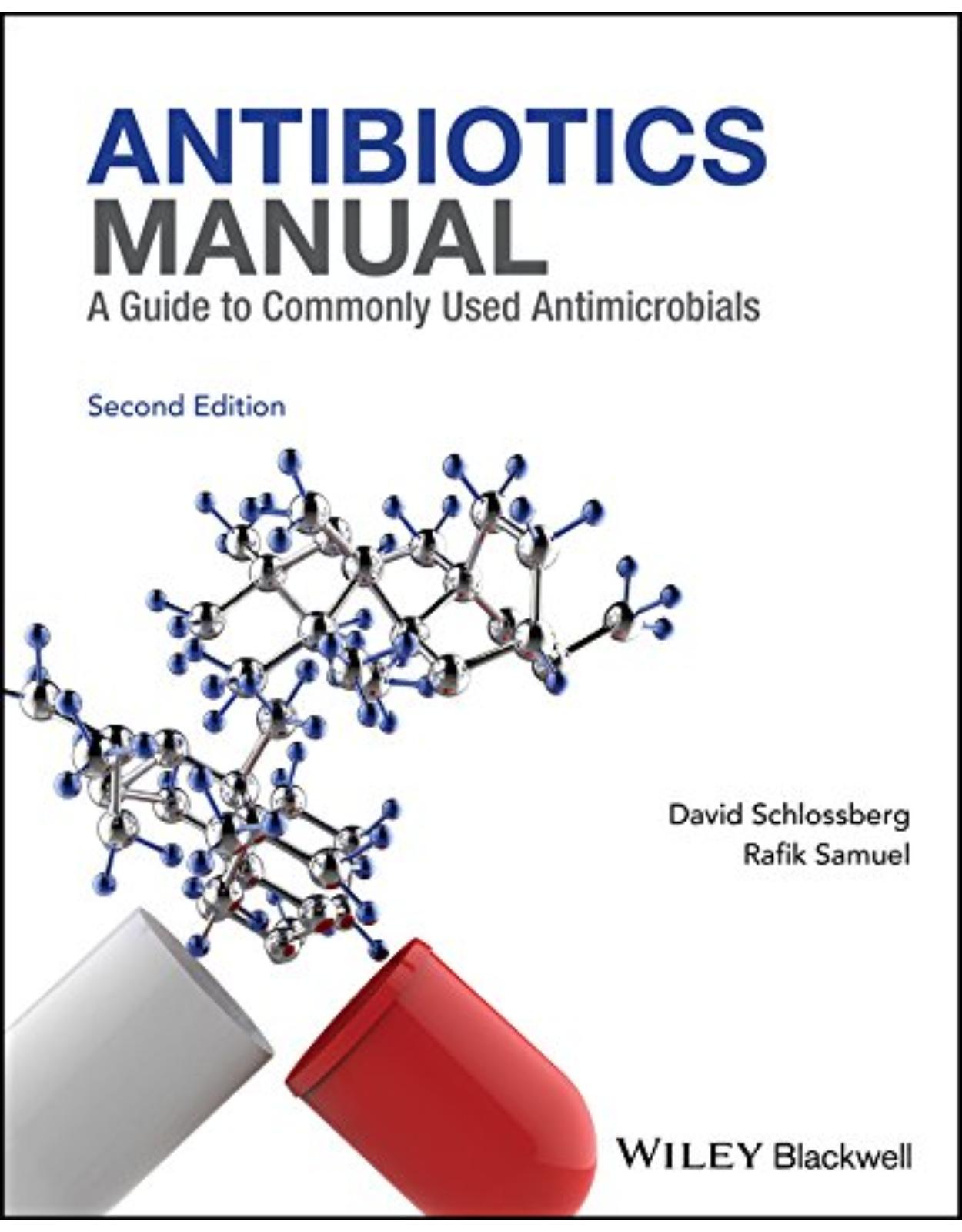
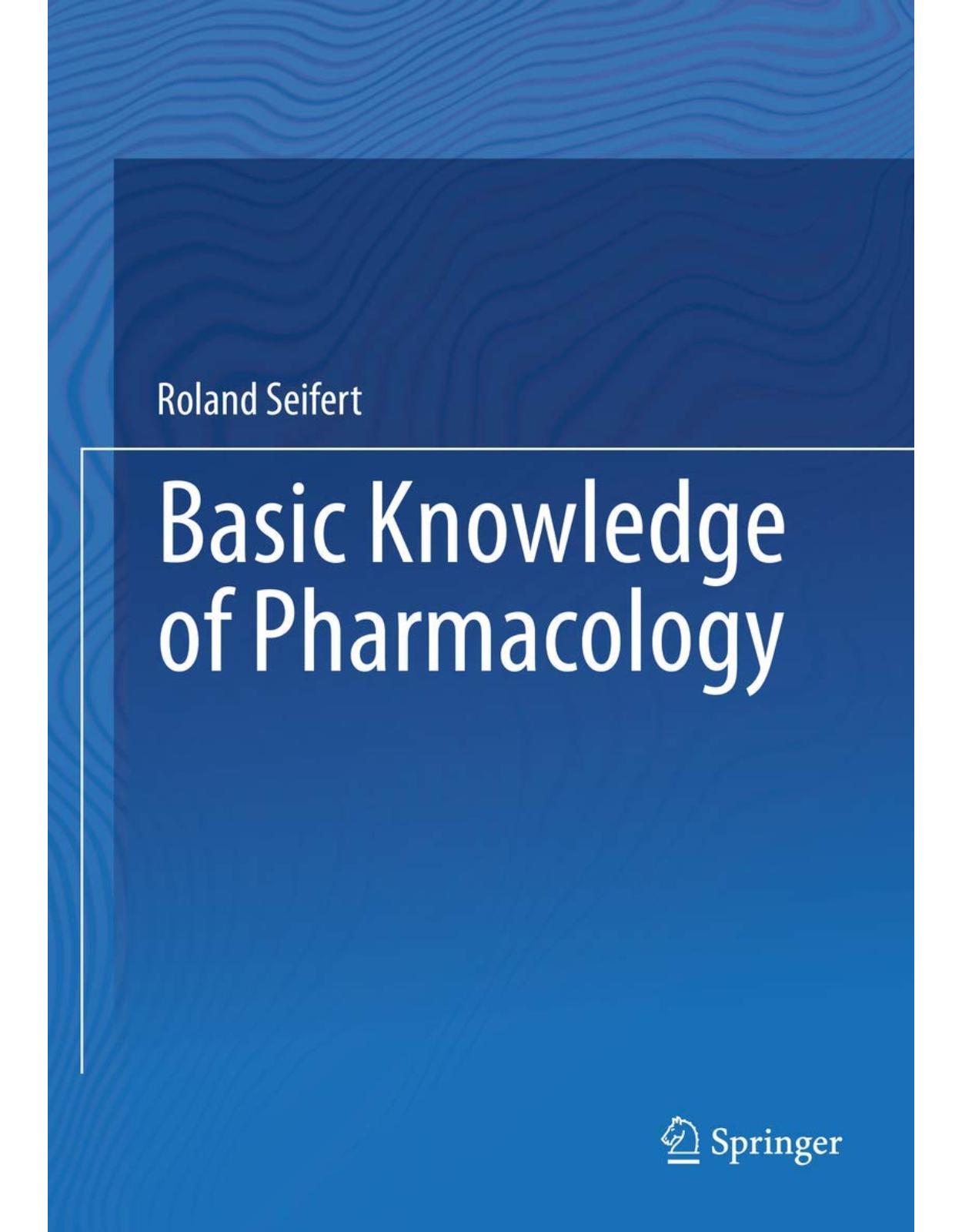
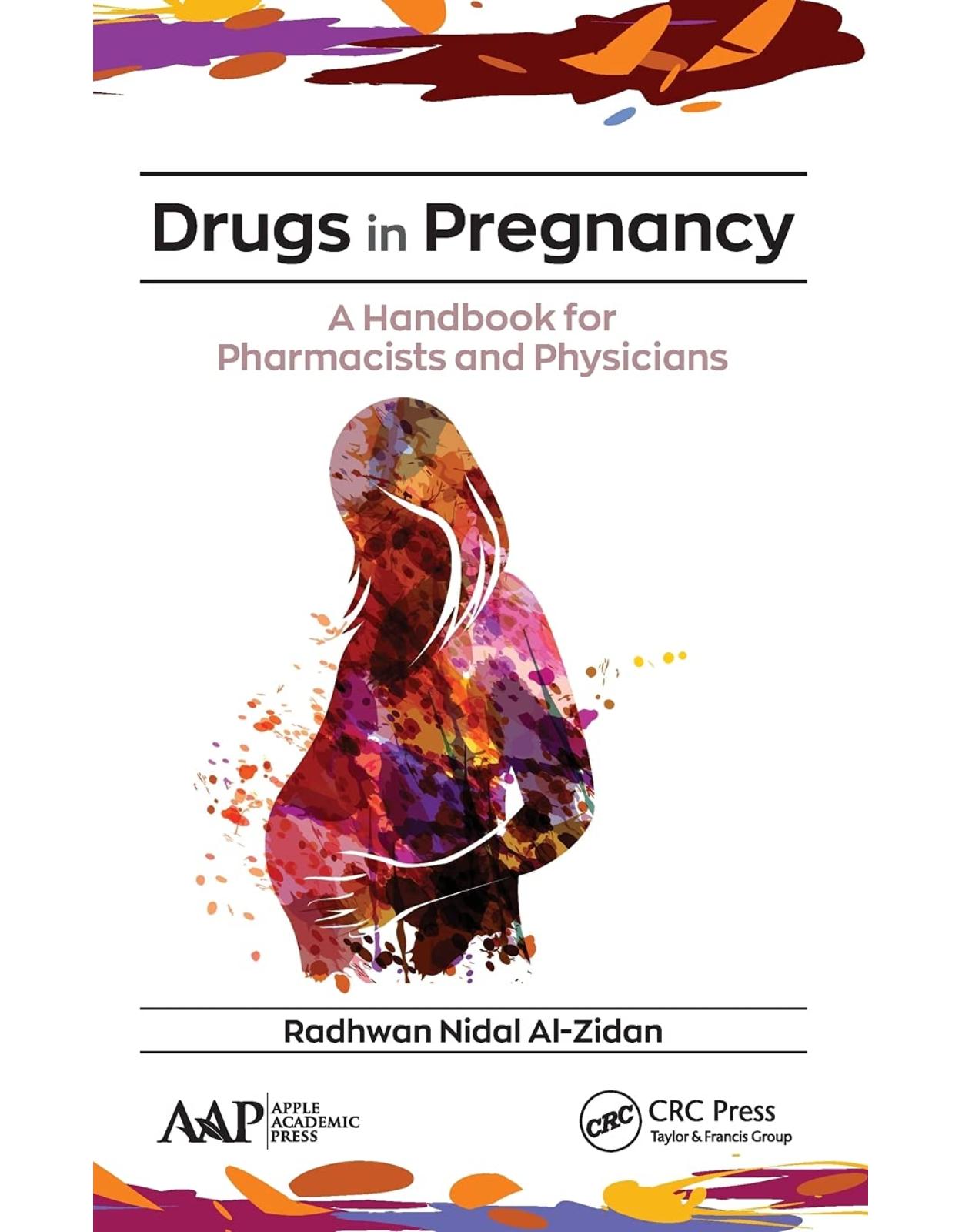
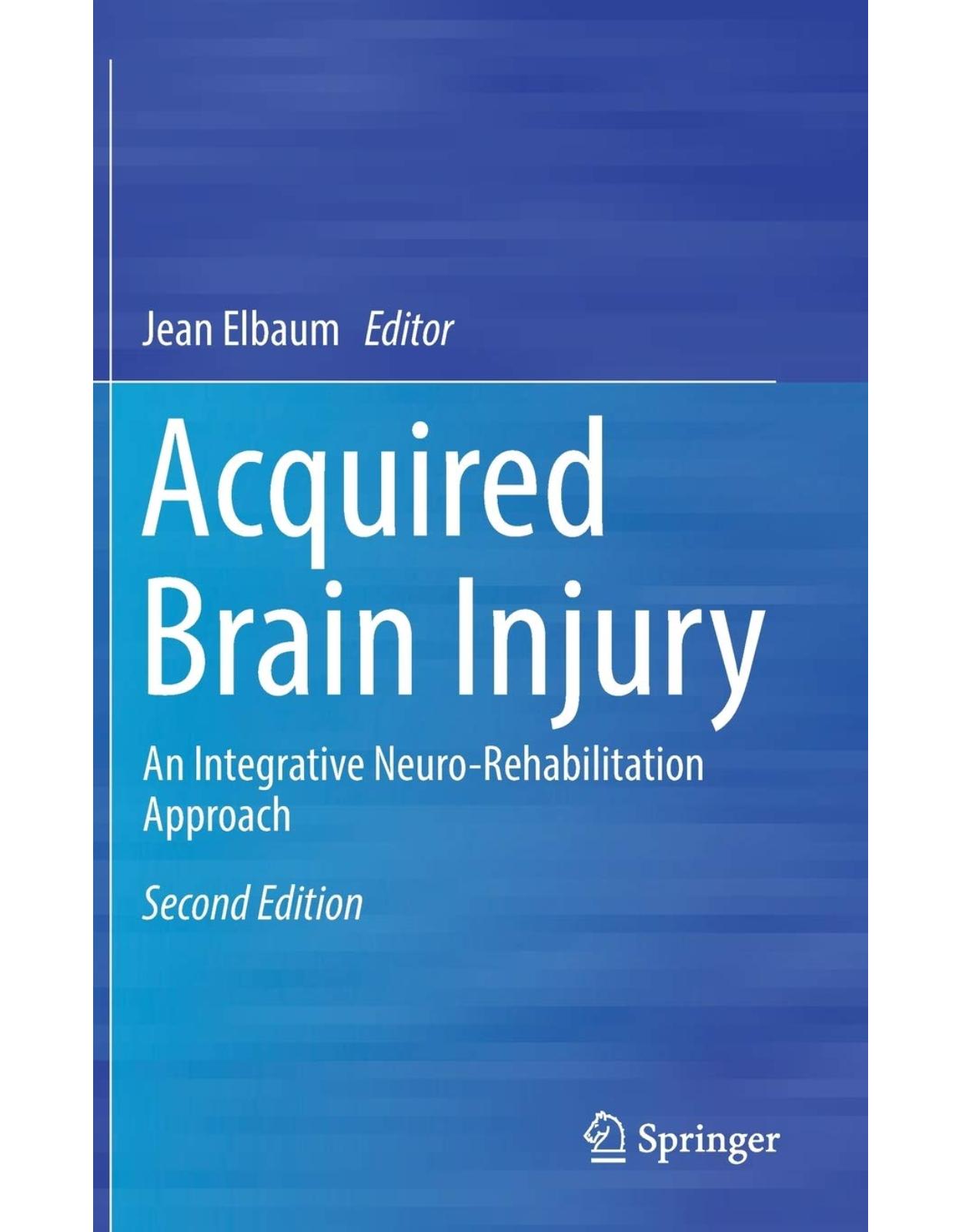
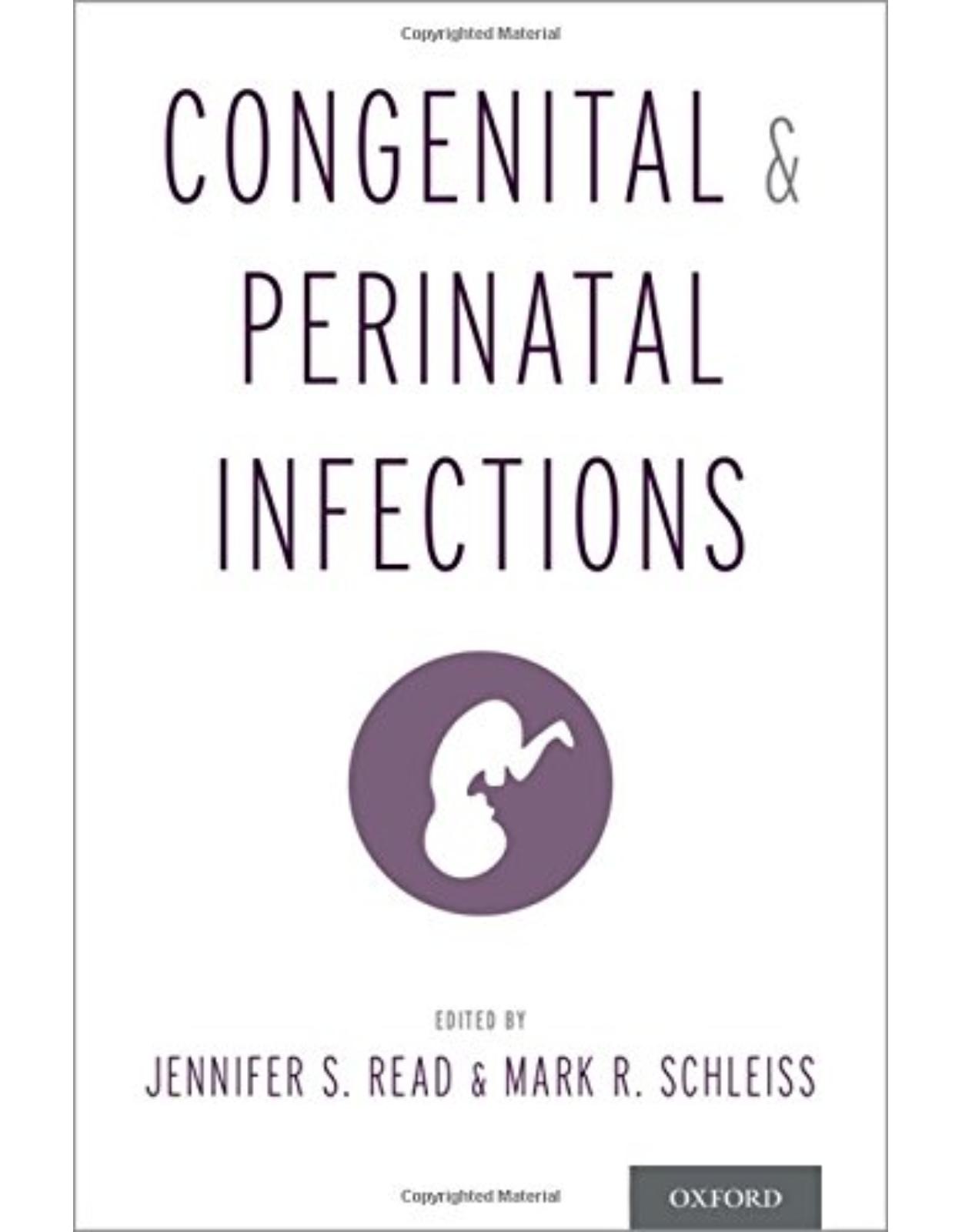
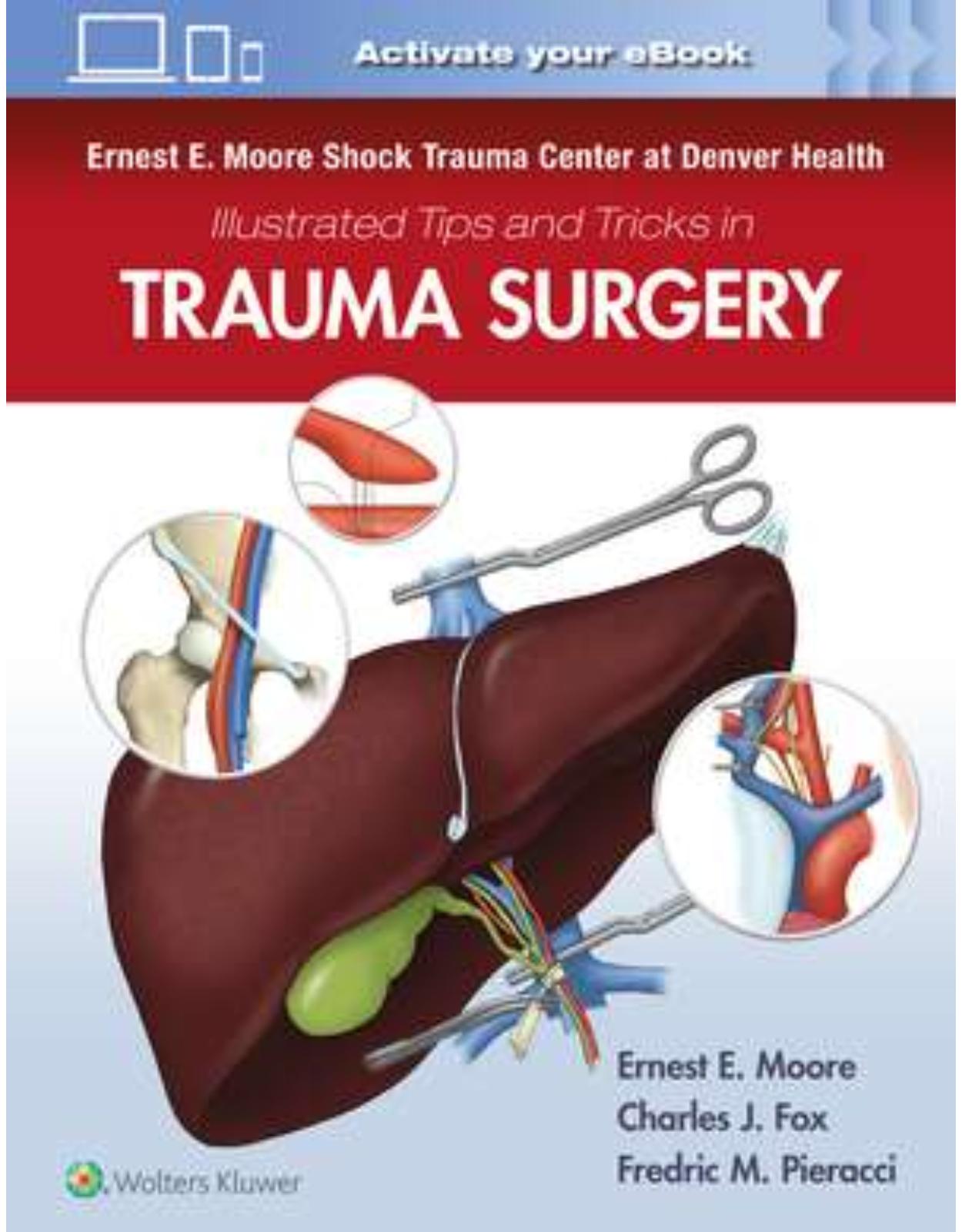
Clientii ebookshop.ro nu au adaugat inca opinii pentru acest produs. Fii primul care adauga o parere, folosind formularul de mai jos.